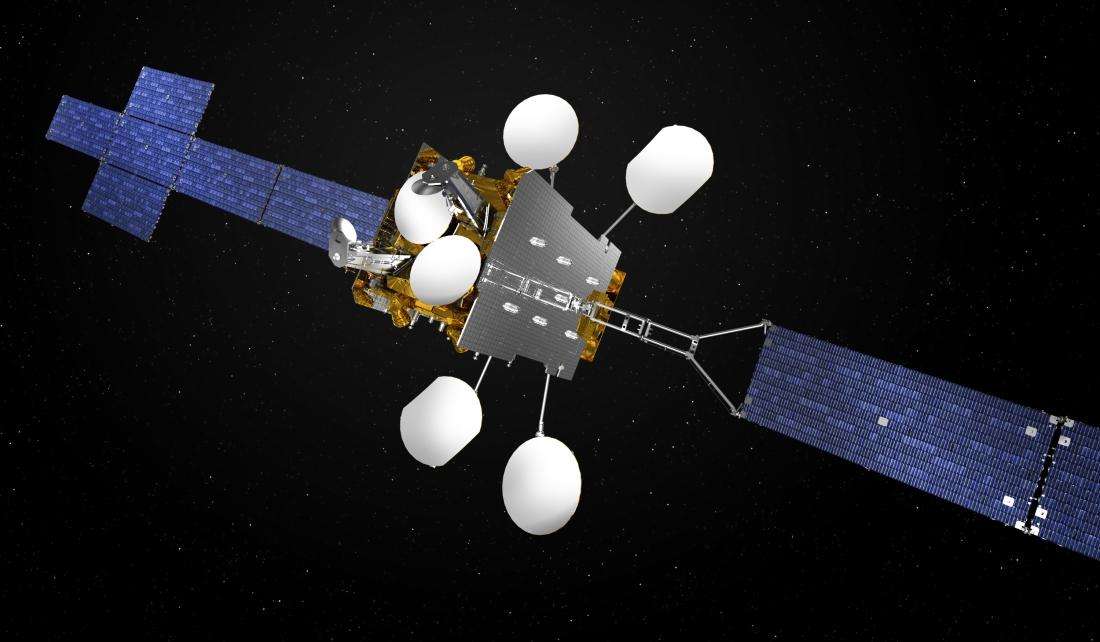Thales Alenia Space reports that it is taking 3D printing/additive manufacturing into series production to make components for telecom satellites built on the Spacebus Neo platform.
Thales Alenia Space (TAS) reports that it is taking 3D printing into series production to make components for telecom satellites built on the company’s new all-electric Spacebus Neo platform.
TAS first used additive manufacturing a few years ago with the 3D-printed aluminum antenna brackets for the TürkmenÄlem/MonacoSAT satellite, launched in 2015, and the polymer tube supports for the Iridium NEXT constellation.
Spacebus Neo will feature four reaction wheel brackets made of aluminum and 16 antenna deployment and pointing mechanism (ADPM) brackets: four in aluminum and 12 in titanium.
The 3D-printed reaction wheel bracket is designed to meet market demand for lower costs, now reduced by about 10%, and shorter lead times, with production schedules cut by one to two months. The new part is also 30% lighter and offers improved performance.
According to TAS, the metal powder-bed fusion technique used for these parts allows series production with a high degree of customisation, making it possible to tailor designs to the exact requirements of each new mission.
The four reaction wheel brackets for each satellite are 3D printed as two sets of symmetrical parts, while the orientation angles and interfaces of the ADPM brackets can be adjusted to their specific function and position on each satellite. Connector and cable fittings have been incorporated directly into the overall design, which is printed as a single-piece part, thereby avoiding additional assembly requirements.
To produce these large (466 x 367 x 403mm) reaction wheel brackets, the biggest powder-bed 3D printer in Europe has been installed and signed off — an Xline 2000R metal 3D printer from Concept Laser, which has a build chamber of 800 x 400 x 500 mm.
The first four parts have already been integrated on Eutelsat’s Konnect satellite, which was successfully mated earlier this month. Other Spacebus Neo platforms will also feature organically designed 3D-printed parts in the near future.

